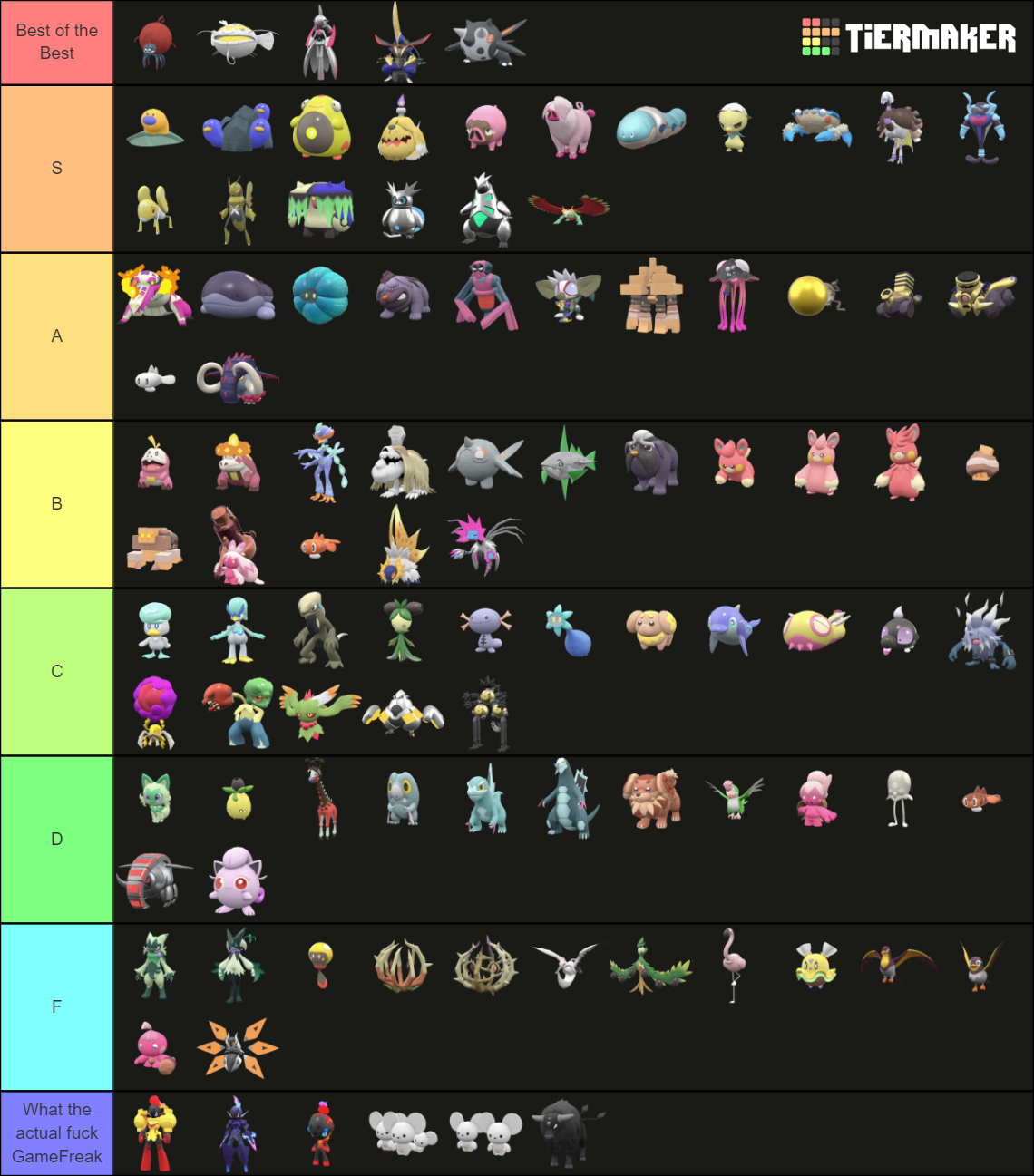How To Build A Thriving Living Fence: A Complete Guide

Table of Contents
Many homeowners dream of a beautiful, natural fence, but are often discouraged by the perceived difficulty of establishment and maintenance. This article provides a clear, step-by-step solution, empowering you to create the living fence of your dreams. We'll cover planning, planting, ongoing care, and the numerous advantages of choosing a living fence over traditional materials.
H2: Planning Your Living Fence:
Before you even touch a shovel, careful planning is crucial for a successful living fence. This involves several key steps:
H3: Site Selection and Soil Preparation:
The location and soil condition significantly impact your living fence's health and longevity.
- Sunlight Exposure: Choose a location with adequate sunlight exposure, considering the sun's path throughout the year. Most plants need at least 6 hours of direct sunlight daily.
- Soil Drainage: Poorly drained soil can lead to root rot. Test your soil's drainage by digging a hole and filling it with water; if it takes more than a few hours to drain, amend the soil with organic matter to improve drainage.
- Existing Landscape Features: Take into account existing trees, shrubs, and utilities when planning your fence line. Avoid planting too close to structures or underground lines.
- Soil Testing and Amendments: A soil test will reveal the pH and nutrient levels in your soil. Amend the soil with compost, peat moss, or other organic matter to improve its structure and nutrient content. This ensures optimal plant health and growth.
- Ground Preparation: Clear the area of weeds, rocks, and debris. Till the soil to a depth of 12-18 inches to loosen it and improve aeration.
H3: Choosing the Right Plants:
Selecting appropriate plants is paramount. Consider these factors:
- Climate and Soil Conditions: Choose plants that are well-suited to your local climate, including temperature, rainfall, and soil type. Consult your local nursery or agricultural extension office for recommendations.
- Plant Height, Density, and Growth Rate: Different plants offer various heights and densities. Choose plants that will achieve your desired level of privacy and screening. Fast-growing options like bamboo or certain willows create a quicker barrier, while slower-growing varieties might offer more refined aesthetics.
- Popular Living Fence Plants:
- Evergreens: Hollies, arborvitae, and junipers provide year-round screening.
- Deciduous Trees and Shrubs: Hawthorn, lilac, and forsythia offer seasonal interest and beautiful blooms. [Link to resource on plant selection] [Link to another resource]
- Aesthetics and Functionality: Balance your desired visual appeal with practical needs. Consider whether you prioritize privacy, a windbreak, or creating wildlife habitat.
H3: Design and Layout:
A well-thought-out design enhances both the beauty and functionality of your living fence.
- Fence Line and Spacing: Plan the fence line carefully. Spacing between plants depends on the mature size of the chosen species – check plant tags for recommended spacing.
- Aesthetic Design: Choose a straight line, a gentle curve, or a combination for visual interest. Consider the overall landscape design.
- Plant Diversity: Incorporate a variety of species for visual appeal, increased resilience to pests and diseases, and extended blooming seasons.
H2: Planting and Installation:
Proper planting techniques ensure the successful establishment of your living fence.
H3: Planting Techniques:
- Planting Depth and Spacing: Plant at the same depth they were growing in their containers. Ensure proper spacing to prevent overcrowding.
- Watering: Water thoroughly after planting and regularly thereafter, especially during dry spells. Deep watering encourages deep root growth.
- Mulching: Apply a layer of mulch around the base of the plants to retain moisture, suppress weeds, and regulate soil temperature.
H3: Supporting Structures (if needed):
Taller plants might need initial support to establish strong, upright growth.
- Stakes or Trellises: Use stakes or trellises to support young plants, especially those prone to leaning.
- Support Materials: Choose durable, rot-resistant materials like cedar or treated lumber.
- Removal of Supports: Gradually remove support structures as plants mature and become self-supporting.
H2: Ongoing Maintenance and Care:
Consistent care ensures a thriving living fence for years to come.
H3: Watering:
- Regular Watering: Water regularly, especially during dry periods. Adjust watering based on weather conditions and plant type.
- Deep Watering: Deep watering encourages deep root growth, making plants more drought-tolerant.
H3: Fertilizing:
- Regular Fertilization: Fertilize regularly to provide essential nutrients for healthy growth. Choose a fertilizer appropriate for your plants.
- Seasonal Fertilizing: Adjust fertilization schedules based on the growing season.
H3: Pruning and Shaping:
- Pruning Techniques: Learn proper pruning techniques to maintain the shape and size of your living fence.
- Timing of Pruning: Prune at the appropriate time of year to encourage growth and maintain shape.
- Deadwood Removal: Regularly remove dead or diseased branches to maintain plant health.
H3: Pest and Disease Management:
- Pest and Disease Identification: Regularly inspect plants for signs of pests or diseases.
- Control Options: Use organic or chemical control methods as needed.
- Preventive Measures: Practice good sanitation, proper watering, and plant selection to prevent problems.
H2: Benefits of a Thriving Living Fence:
A living fence offers a multitude of benefits:
H3: Environmental Benefits:
- Improved air quality.
- Reduced soil erosion.
- Wildlife habitat creation.
- Carbon sequestration.
H3: Aesthetic Benefits:
- Enhanced property value.
- Increased privacy.
- Improved curb appeal.
- Natural beauty.
H3: Practical Benefits:
- Windbreak protection.
- Noise reduction.
- Natural barrier.
3. Conclusion:
Building a thriving living fence involves careful planning, proper planting techniques, and consistent maintenance. By following the steps outlined in this guide, you can create a beautiful, functional, and environmentally beneficial boundary for your property. Remember the advantages: increased privacy, enhanced curb appeal, reduced environmental impact, and a natural beauty that surpasses any artificial fence. Start planning your dream living fence today! Learn more about choosing the right plants for your region and get started on creating a beautiful and functional living fence.

Featured Posts
-
 Stranger Things 5 Details And Speculation On The Final Season
May 29, 2025
Stranger Things 5 Details And Speculation On The Final Season
May 29, 2025 -
 Cargotec Executive Appointed New Meyer Turku Ceo
May 29, 2025
Cargotec Executive Appointed New Meyer Turku Ceo
May 29, 2025 -
 Pokemon Tcg Pockets Newest Expansion A Flood Of Gen 9 And Shiny Cards
May 29, 2025
Pokemon Tcg Pockets Newest Expansion A Flood Of Gen 9 And Shiny Cards
May 29, 2025 -
 Is A Malcolm In The Middle Reboot Happening Bryan Cranston Weighs In
May 29, 2025
Is A Malcolm In The Middle Reboot Happening Bryan Cranston Weighs In
May 29, 2025 -
 Police Respond To Double Shooting Incident In Downtown Seattle
May 29, 2025
Police Respond To Double Shooting Incident In Downtown Seattle
May 29, 2025
Latest Posts
-
 Setlist Fm Se Integra Con Ticketmaster Mejorando La Experiencia Del Usuario
May 30, 2025
Setlist Fm Se Integra Con Ticketmaster Mejorando La Experiencia Del Usuario
May 30, 2025 -
 Setlist Fm Ticketmaster Gestion Simplificada De Conciertos
May 30, 2025
Setlist Fm Ticketmaster Gestion Simplificada De Conciertos
May 30, 2025 -
 Harga Kawasaki Ninja 500 Series Modifikasi Melewati Rp 100 Juta
May 30, 2025
Harga Kawasaki Ninja 500 Series Modifikasi Melewati Rp 100 Juta
May 30, 2025 -
 Save R45 000 On Your New Kawasaki Ninja Motorcycle
May 30, 2025
Save R45 000 On Your New Kawasaki Ninja Motorcycle
May 30, 2025 -
 Faktor Faktor Yang Mempengaruhi Harga Jual Kawasaki Z900 Dan Z900 Se Di Indonesia
May 30, 2025
Faktor Faktor Yang Mempengaruhi Harga Jual Kawasaki Z900 Dan Z900 Se Di Indonesia
May 30, 2025
